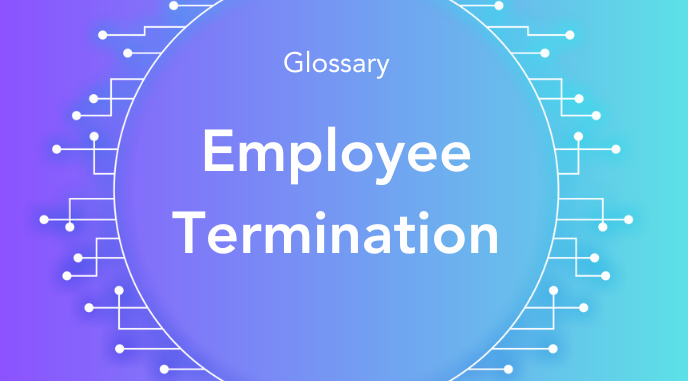- glossary
Employee termination refers to the process of ending an employee’s employment with an organization. This can occur for various reasons, including voluntary resignation, retirement, redundancy, or involuntary dismissal due to performance issues or misconduct. Effective management of employee termination is crucial to maintaining organizational integrity, legal compliance, and positive workplace morale. Properly handled terminations can minimize potential legal disputes, preserve the dignity of the departing employee, and uphold the company’s reputation.
What are the Types of Employee Termination?
-
Voluntary Termination: This occurs when an employee resigns or retires on their own accord.
-
Involuntary Termination: Initiated by the employer due to reasons such as poor performance, misconduct, or organizational restructuring.
-
Layoffs/Redundancies: Result from economic conditions, technological changes, or organizational restructuring, leading to a reduction in workforce.
What are the Procedures for Employee Termination? :
-
Documentation: Keeping detailed records of performance reviews, disciplinary actions, and termination reasons.
-
Notification: Providing formal notice to the employee, often through a meeting and a written notice outlining the termination details and effective date.
-
Exit Interview: Conducting an exit interview to gather feedback and address any concerns or questions.
-
Severance and Benefits: Outlining any severance pay, benefits continuation, and other post-employment entitlements.
-
Return of Company Property: Ensuring the return of company assets, such as laptops, keys, and ID badges.
-
Final Paycheck: Processing the final paycheck in accordance with legal requirements and company policy.
Legal Considerations Employee Termination
-
Ensuring compliance with employment laws and regulations to avoid wrongful termination claims.
-
Adhering to notice periods, providing due process, and avoiding discriminatory practices.
Communication of Employee Termination
-
Communicating the termination decision to relevant stakeholders within the organization while maintaining confidentiality and sensitivity.
Properly managing the termination process helps to mitigate potential legal risks, supports remaining employees, and maintains a positive organizational culture. It is an essential aspect of HR management that requires careful planning, clear communication, and adherence to legal and ethical standards.

.png?width=50&height=50&name=Team%20HONO%20logo-01%20(1).png)



